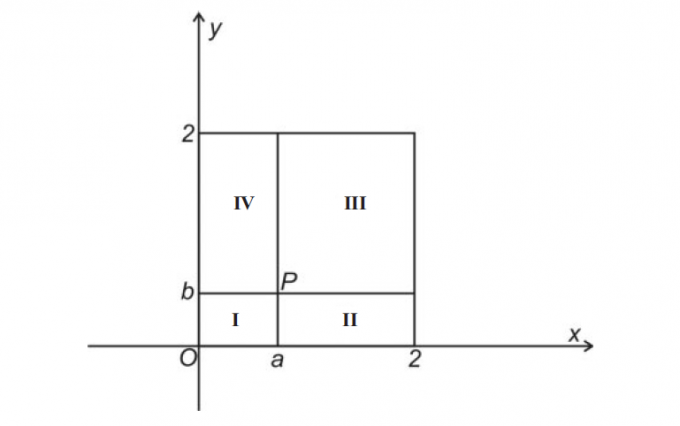They call themselves quantitative aspects of the solutions at established proportions between the amount of dissolved substance (solute) and the amount of substance that dissolves (solvent). Working with quantitative aspects, that is, with the concentrations of solutions, involves knowledge of several aspects:
Solute mass
solvent mass
Solution mass (it is the sum between the mass of the solute and the mass of the solvent)
Solute volume
Solvent volume
Solution volume (it is the sum between the solute volume and the solvent volume)
Number of moles of the solute
Number of moles of solvent
Number of moles of the solution (it is the sum between the number of moles of the solute and the number of moles of the solvent)
To reference any aspect of a solution's solute, we will always use index 1. As for the solvent, we will always use index 2. For the solution, no index will be used.
The quantitative aspects of the solutions are worked through using some formulas, namely:

The breathalyzer calculates the amount (concentration) of alcohol in the blood
common concentration (Ç)
It involves the relationship between the mass of the solute (usually in grams per liter, according to the System International Measurements) and the volume of the solution (generally in liters, according to the International System of Measures). It is stated by the following formula:
C = m1
V
m1 = mass of solute
V = solution volume
Density (d)
It involves the relationship between the mass of the solution (usually in grams per liter, according to the System International Measurements) and the volume of the solution (usually in milliliters, according to the International System of Measures). It is stated by the following formula:
d = m
V
m = Solution mass
V = solution volume
Observation: m = m1 + m2 (solvent mass) and V = V1 (volume of solute) + V2 (volume of solvent)
Molarity or molar concentration (M)
It involves the relationship between the number of mols of the solute (usually in mol, according to the System International Measurements) and the volume of the solution (generally in liters, according to the International System of Measures). It is stated by the following formula:
M = no1
V
no1 = number of moles of the solute
V = solution volume
Note: It is noteworthy that the number of moles of the solute can be calculated by the following relationship:
no1 = m1
M1
m1 = mass of solute
M1 = molar mass of solute
Thus, the molarity formula can still be written as follows:
M = m1
M1.V
Bulk title (T)
It involves the relationship between the mass of the solute (usually in grams, according to the International System of Measurements) and the mass of the solution (usually in grams, according to the International System of Measurements). It is stated by the following formula:
T = m1
m
m1 = mass of solute
m = solution mass
Title in volume (T)
It involves the relationship between the volume of the solute (usually in Liters, according to the International System of Measurements) and the volume of the solution (usually in Liters, according to the International System of Measurements). It is stated by the following formula:
T = V1
V
V1 = volume of solute
V = solution volume
Molality (W)
It involves the relationship between the number of moles of the solute (usually in moles, according to the International System of Measures) and the mass of the solvent (generally in kilograms, according to the International System of Measures). It is stated by the formula:
W = no1
m2
no1 = number of moles of the solute
m2 = mass of solvent
It is noteworthy that the number of moles of the solute can be calculated by the following relationship:
no1 = m1
M1
m1 = mass of solute
M1 = molar mass of solute
Thus, the molality formula can still be written as follows:
W = m1
M1.m2
Molar Fraction (X)
It involves the relationship between the number of moles of the solute or solvent (usually in moles, according to the System Measurement International) and a the number of moles of the solution (usually in moles, according to the International System of Measures). It is stated by the following formulas:
- Regarding the solute:
X1 = no1
no
no1 = number of moles of the solute
n = number of moles of the solution
If it is necessary to calculate the value of n1, just use the link:
no1 = m1
M1
If it is necessary to calculate the value of n2, just use the link:
N2 = m2
M2
To calculate n, just use the formula:
n = n1 + no2
- Regarding the solvent:
X2 = no2
no
no2 = number of moles of solvent
n = number of moles of the solution
parts per million (ppm)
It is the quantitative aspect of the solutions (extremely diluted) that indicates the amount in grams of solute present in one million grams of a certain solution. It can be expressed as follows:
1 ppm = 1 part in grams of the solute
1,000,000 grams of solution
By Me. Diogo Lopes Dias
Source: Brazil School - https://brasilescola.uol.com.br/quimica/aspectos-quantitativos.htm

